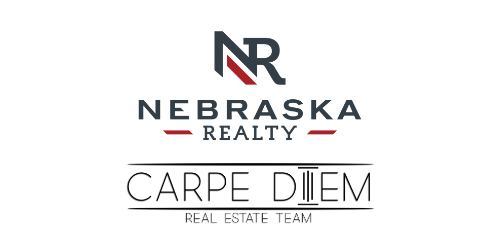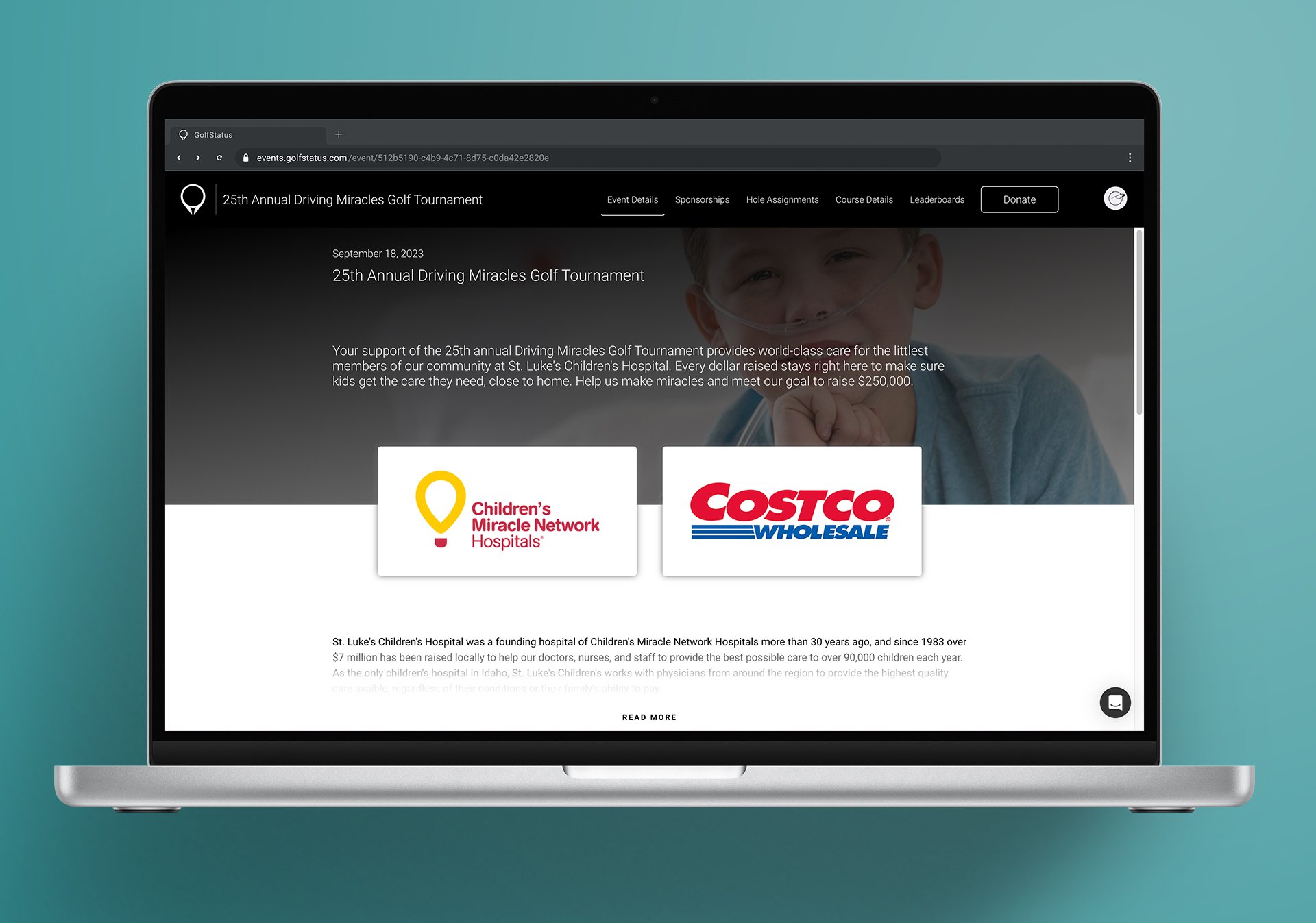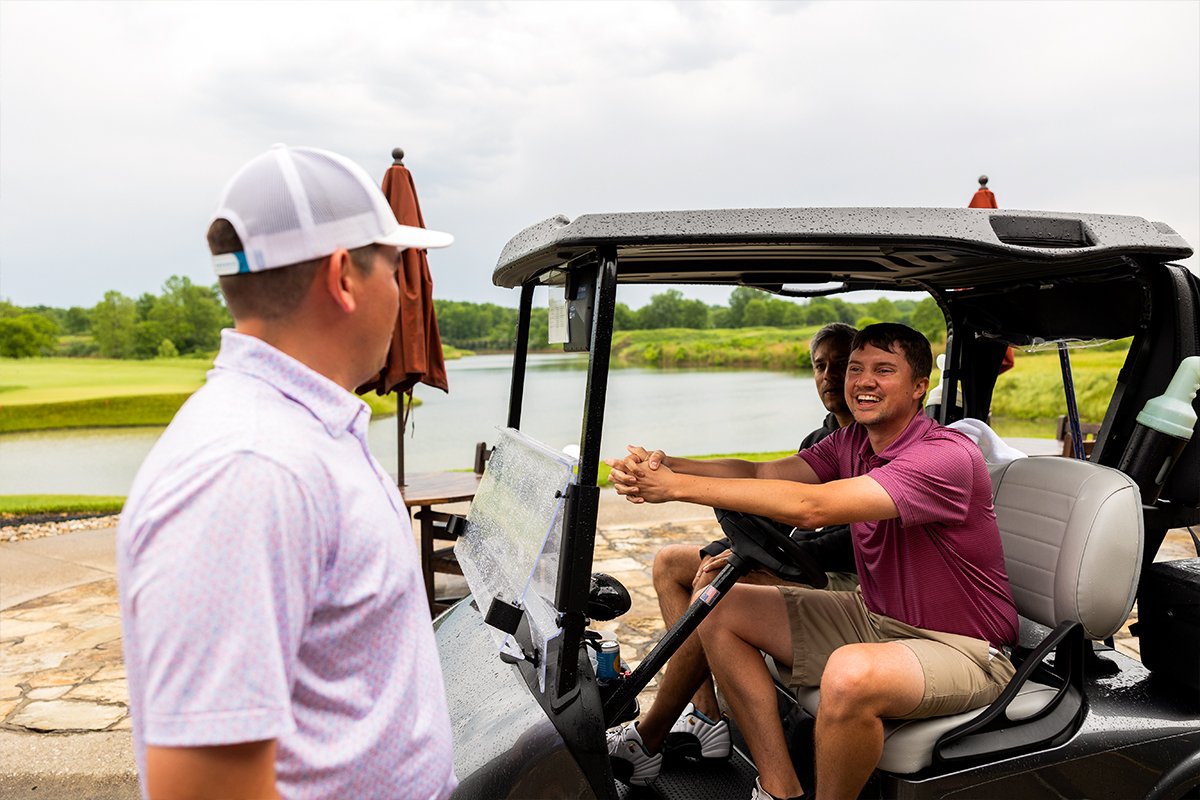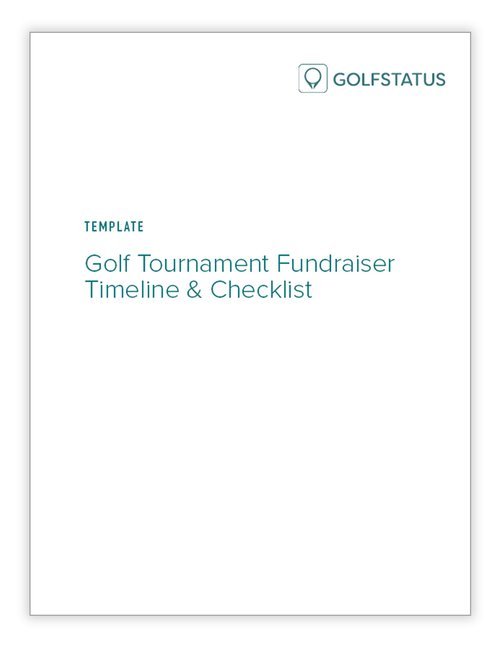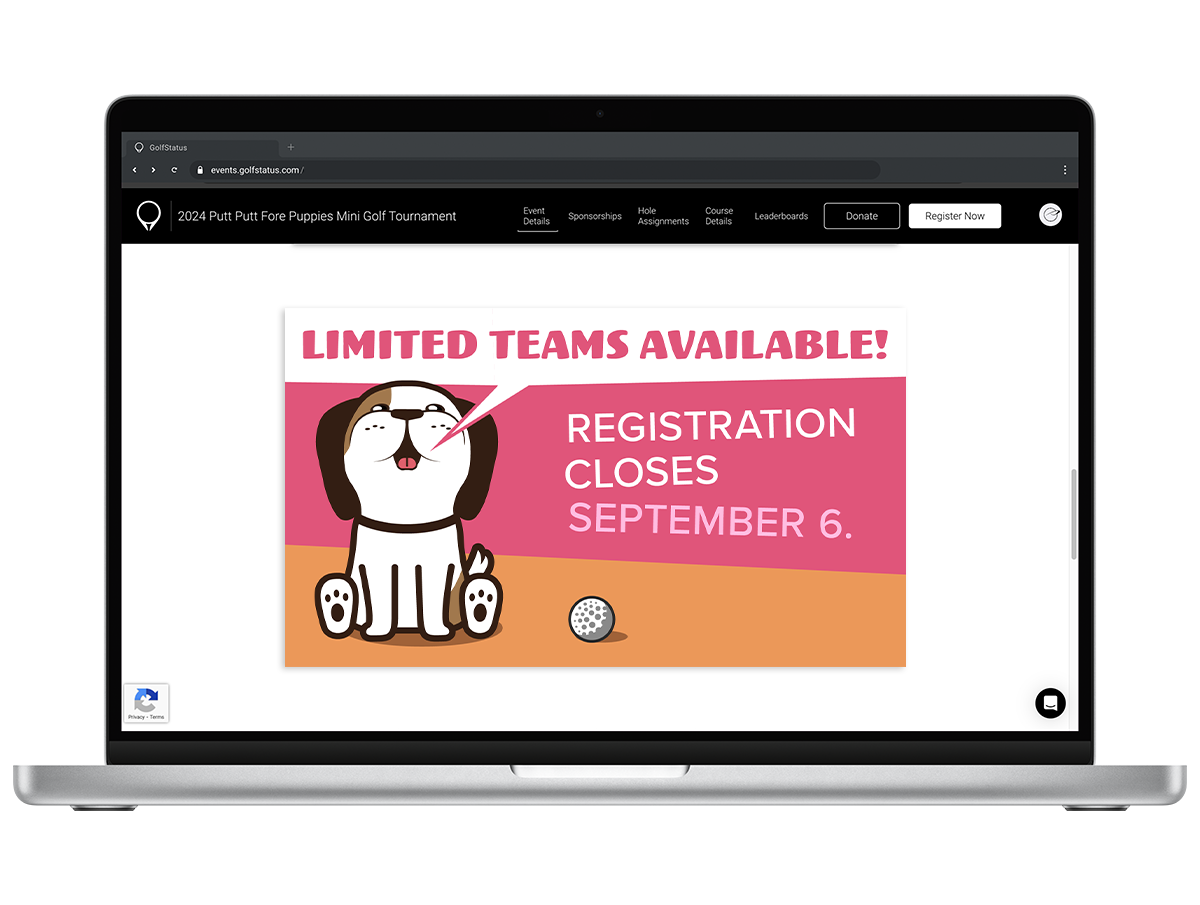Year two of Putt Putt Fore Puppies was a resounding success!
The GolfStatus and Dormie Network marketing teams had so much fun in the tournament’s first year—and learned so much—that we decided to do it all over again and crush our goals from 2023. Check out the 2023 planning blog to get the rundown on the mini golf tournament.
Putt Putt Fore Puppies raised money to support the pets looking for their forever homes at the Capital Humane Society here in Lincoln, Nebraska. See our journey here and on Facebook and Instagram!
Thank you tournament sponsors!
Presenting Sponsor - Sinclair Hille Architects
Hole Sponsors:
3rd quarter / Post-Tournament update
We did it! The second annual Putt Putt Fore Puppies was an even bigger success than last year. Our goal was to donate $12,000 to Capital Humane Society, and thanks to the generosity of our networks and the Lincoln community, the event raised over $15,000 to help care for homeless pets!
event day & post-tournament recap
The tournament sold out, with 54 teams on all three courses at Adventure Golf. We made some changes to the tournament’s set up, moving check in and add-ons closer to Adventure Golf’s entrance to clear up a bottleneck we saw in that area from last year. Things ran smoothly for the most part, though we may add another station for folks to purchase add-ons next year to keep things moving. Over $5,000 went through our GolfStatus event website on tournament day for purchase of all-in games, raffle tickets, t-shirts, and donations, along with nearly $500 in cash. Golfers browsed raffle prizes, visited sponsor booths, decorated pet bandanas, interacted with adoptable dogs from Capital Humane Society, and enjoyed dinner while waiting for the shotgun start.
Emails were sent to all participants prior to the event reminding them to check their hole assignments and encouraging them to download the GolfStatus app ahead of time. Most teams were ready to go with the app, but QR codes were posted at registration and on the clubhouse for folks to easily download the app if need be.
We adjusted the day’s schedule based on 2023, allowing additional time for the teams on the more difficult Backwoods course to finish (even though it wasn’t quite enough time!). Thankfully, live scoring helped our team finalize the results on each of the three courses in just a few minutes so we could move onto awards quickly.
Overall, the event was a resounding success and Capital Humane Society was overwhelmed by the response to the event and the amount the tournament was able to donate. The planning team met to debrief and have some ideas to make the event even better next year! We sent out a post-tournament survey and will use those suggestions to improve for 2025.
3rd quarter update
The third quarter was a race to sell sponsorship packages, promote the tournament, recruit teams, and handle the final details to ensure a successful event. As we experienced last year, the bulk of the team registrations came in during the month leading up to tournament day.
Having a larger planning team than last year paid dividends in sharing the load of sponsor outreach, tournament prep, and day-of event execution. We continued to meet monthly but increased the frequency to bi-weekly leading up to the tournament. GolfStatus’ downloadable Timeline and Checklist kept our planning and task on target.
- ✓ Finalized details, logistics, and hole assignments for on-course games.
- ✓ Discussed a plan for inclement weather (which we thankfully didn’t need!)
- ✓ Promoted the tournament through email blasts, posts on local event calendars, hanging up flyers in businesses in the area, sending flyers home with local elementary school students, and word of mouth.
- ✓ Sent an email to last year’s participants with a promo code for $5 off registration on National Adopt A Shelter Pet Day on April 30
- ✓ Sold all but two sponsorships, both of which already had their hard costs covered. Each team member reached out to their networks to promote available sponsorships.
- ✓ Placed vendor orders for signage, koozies, golf balls, pin flags, and t-shirts.
- ✓ Worked with our client success rep to make hole assignments and sponsor hole assignments.
- ✓ Sent emails to all participants via the GolfStatus messaging tool to encourage them to download the GolfStatus app, purchase add-ons, and review hole assignments.
- ✓ Coordinated with Capital Humane Society to have adoptable dogs on site at the tournament.
2nd Quarter Update
Planning has continued moving along smoothly. Getting the event website up and running was much simpler this time around, since all we had to do was copy last year’s event and update the specifics. We decided to offer two team registration packages, one that included a t-shirt for each team member at a higher price point and one that didn’t.
Each committee member was responsible for developing one or more sponsorship packages, which were added to the newly launched event website. We ran a registration promotion as part of National Adopt a Shelter Pet Day on April 30, offering a promo code for $5 off registration, which was sent to last year’s participants via GolfStatus’ email tool.
We did run into one major hiccup which necessitated a date change. The event was originally planned for Friday, September 20, but when the Big 10 conference released the 2024 football schedule, we discovered a home Nebraska Cornhuskers football game the same evening as the tournament. In football-crazed Lincoln, we didn’t think we could compete with the Huskers, so the tournament was moved a week earlier to September 13. We made sure all promotional materials (including the event website, flyers, social media graphics, and email blasts) were updated and that we communicated with the teams and sponsors who had already committed. Adventure Golf continues to be a great partner, working with us to seamlessly move the event date.
Perhaps best of all, after learning about the animals in need of homes, one of our planning committee members decided to adopt a cat from Capital Humane Society!
David and Quynh, his new cat from Capital Humane Society!
- ✓ Finalized registration packages and pricing
- ✓ Finalized sponsor packages and pricing
- ✓ Launched the event website and opened registration
- ✓ Sent an email to last year’s participants with a promo code for $5 off registration on National Adopt A Shelter Pet Day on April 30
- ✓ Created promotional graphics, logos, and flyers
- ✓ Brainstormed revenue enhancers
- ✓ Discussed plans for on-course games
- ✓ Began soliciting donations for raffle prizes
- ✓ Began sponsor outreach
- ✓ Sold 12 sponsorships (thanks Certified Piedmontese, Red Robin, Raising Cane's, 402 Title Services, Upland Software, Nexus Marketing, Vanity Fur, Kyson Denker State Farm, Engineering Technologies Inc, Stewart Title Company, Global Golf Post, Prairie Dental Group, and Luly Motors!)
- ✓ Sold 13 teams
- ✓ Met with Capital Humane Society staff about event promotion and logistics (and got to meet some of the adoptable pets)
1st Quarter Update
We kicked off planning with committee meetings in February and March to review lessons learned and ideas from the post-tournament debrief and start brainstorming for 2024. The planning committee welcomed several new members, with newer GolfStatus Account Managers and Client Success Reps joining in on the fun. The team now numbers 13, which means more people to share the workload. The decision was made to move the tournament to September, for a couple reasons. One, we hit the jackpot with weather last year—75, sunny, and just a slight breeze. October weather in Nebraska is extremely unpredictable, with more stable conditions in September. Second, Capital Humane Society had no events scheduled for September, so Putt Putt could fill that gap.
Thus far, planning has been easier, as we have actual data and last year’s experiences to draw from. We have a better understanding of costs, revenue, attractive sponsor packages, and how many teams to shoot for. We also have processes and assets in place to use down the road. What’s more, we could simply copy our event in GolfStatus’ backend so there was no need to start from scratch. Stay tuned for the website launch!
- ✓ Finalized the planning committee
- ✓ Set dates for all remaining committee meetings
- ✓ Set a fundraising goal
- ✓ Reviewed pricing options for facility rental and team registration
- ✓ Brainstormed sponsorship and package ideas
- ✓ Brainstormed revenue enhancers
- ✓ Locked it in with Adventure Golf (September 20!)
- ✓ Confirmed the date with the Capital Humane Society team
- ✓ Divided up sponsorships among committee members
- ✓ Worked on updating the event website so it can launch in April
- ✓ Updated the tournament’s budget spreadsheet




























